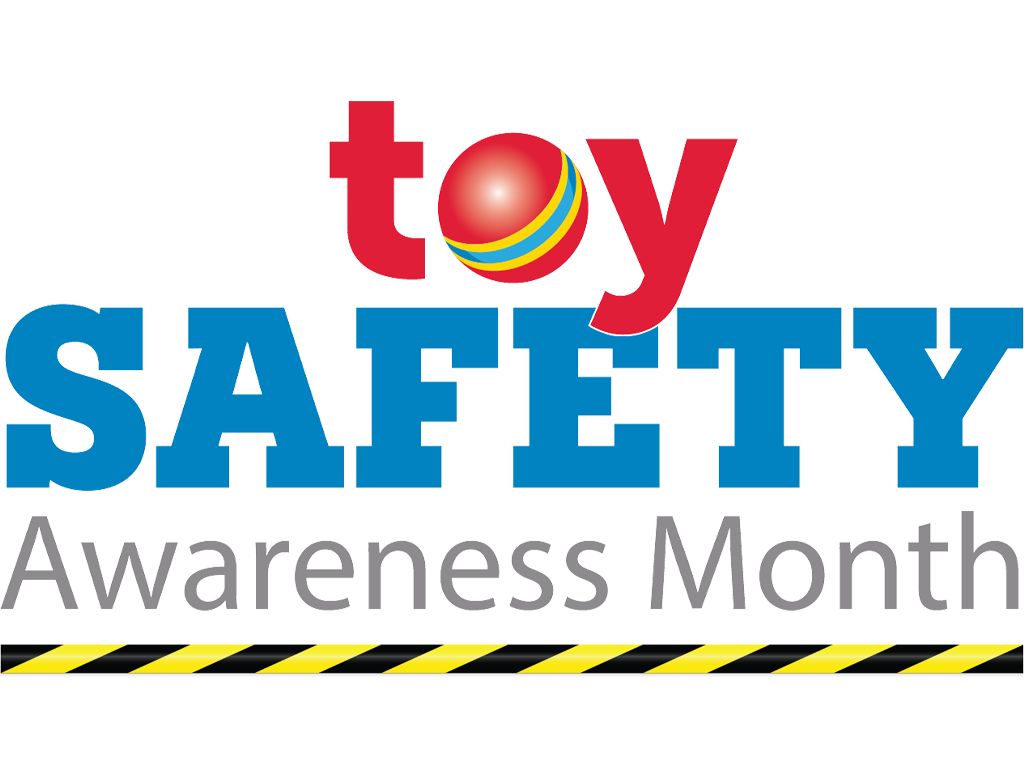Toy Safety Awareness Month has kicked off, with the goal of helping parents, grandparents, and other caregivers keep little ones safe this holiday season. From the importance of avoiding recalled and counterfeit products, to advice for keeping kids safe when playing with Internet-connected toys, families are being advised of some simple steps they can take to ensure children’s safety. Toy Safety Awareness Month takes place each November and is sponsored by PlaySafe.org, The Toy Association’s trusted safety resource for parents.
“Play is our business – and keeping kids safe while they play is the number one priority for The Toy Association and our members all year long,” said Joan Lawrence, The Toy Association’s “Toy Safety Mom” and senior vice president of standards and regulatory affairs. “With the holidays around the corner, toys are top-of-mind for many families, which makes it the perfect opportunity to remind consumers about how to choose safe and appropriate toys and ensure a child’s safety once the gifts are unwrapped.”
Counterfeits
A third of parents are unaware that counterfeit toys have the potential to be unsafe, according to a survey of 1,000 U.S. parents conducted by Wakefield Research on behalf of The Toy Association. Whereas toys sold by legitimate companies and retailers adhere to more than 100 tough safety standards and tests that are required by federal law, illicit sellers of counterfeit goods are unlikely to adhere to safety standards – and their knockoff toys could pose a serious risk to kids.
Tip: It’s always better to buy the real thing or wait for a trusted retailer to re-stock the product you’re looking for than to buy a “fake” toy or cheaper alternative that has the potential to be unsafe. Learn how to spot counterfeits by reading our Toy Shopping Checklist for Families.
Recalls
Toy recalls are a rare but important part of the process of making sure toys are safe. Recalls are a sign that the safety system works – they are the “safety net” used to remove any faulty products from stores and people’s homes.
Tip: Before accepting a hand-me-down toy or buying a product second-hand or from a third-party seller, be sure to check whether the toy has previously been recalled. Visit the Recall Section of PlaySafe.org for a list of recalled toys over the past four years, or visit www.recalls.gov for more information on recalls.
“Smart Toys”
Internet-connected technologies have the potential to add fun and enriching features to kids’ toys. While toy companies follow guidance within the Children’s Online Privacy Protection Act, which is overseen by the Federal Trade Commission (FTC), there are steps parents can take to help protect the privacy and safety of their children. Parents are advised to only bring connected products into the home that they feel comfortable with – and that they can safely and confidently manage on behalf of their children.
Tip: Discuss with your child the importance of never giving out their personal information online and teach them how to create strong passwords. Familiarize yourself with a toy’s privacy policy, enable all parental controls, and disable the device’s camera and chat functionality. Click here for more tips to protect children in digital spaces.
Before clicking “add to cart” and checking off holiday shopping lists, parents and other toy shoppers are urged to visit playsafe.org for even more safety advice – including details about the importance of following a toy’s age-grading (and why you should always keep small parts away from children under age 3), and why it’s crucial to keep non-toy items such as high-powered magnets, balloons, and button and coin cell batteries out of a child’s reach.
“Toys are among the safest consumer products found in the home and are strictly regulated to ensure battery compartments have locking mechanisms and that high-powered magnets are not found in toy parts that are small enough to be swallowed, among more than 100 additional safety measures,” added Lawrence. “However, kids may come into contact with items that are not meant to be played with, so parents should be knowledgeable about risks and remain vigilant at all times.”

